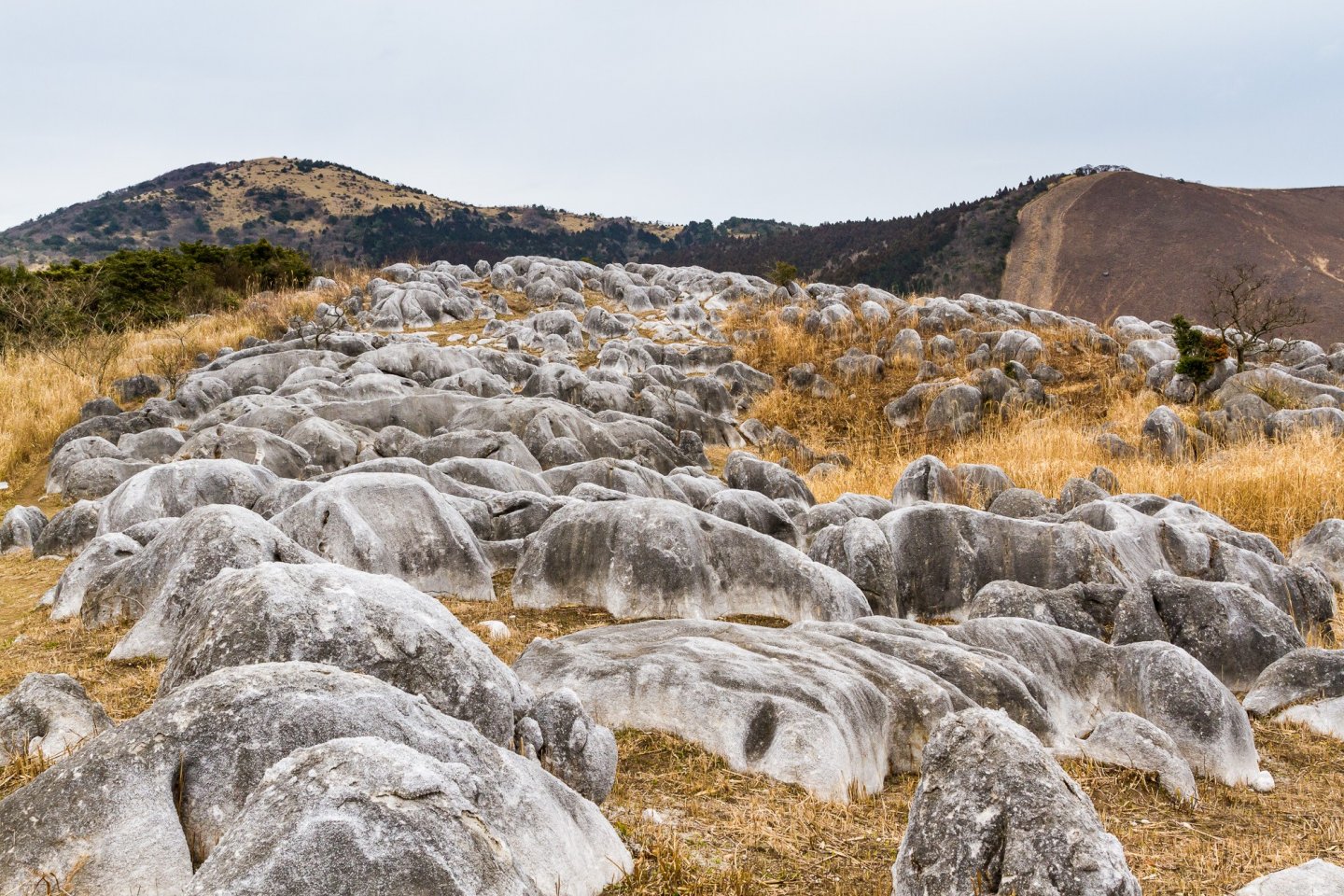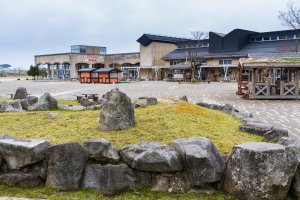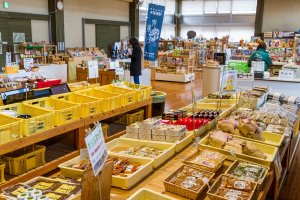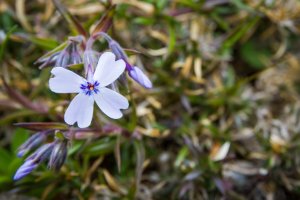One of the scenic wonders of northern Kyushu, Hiraodai adds an otherworld landscape to the mountains surrounding Kitakyushu. This quasi-national park provides ample hiking, spelunking, camping, birding, and family outing opportunities throughout the four seasons.
The Natural Experience
The six-by-two kilometer (four-by-one mile) karst landscape, one of Japan’s big three along with Akiyoshidai and the Shikoku Karst, is small enough to explore with a day hike or a passing at-a-glance photo op. Distinct grayish-white limestone formations resemble fluffy sheep grazing the grassy mountainsides at a distance, so the locals say.
Geologically, Hiraodai is a quite fascinating landscape that dates back to the times of the dinosaurs. Limestone and dolomite, sedimentary rocks more resistant to erosion than others, dominate karst landscapes. Yet these rocks dissolve in rainwater than picks up enough carbon in the air and soil to become mildly acidic and dissolve the calcium carbonate, shape the rocks, and even create spectacular caves and sinkholes.
Hiking
The plateau is best explored on foot, where you can experience the rocks up close, hear the breeze in the grasses, and meet the local bird life. The countryside ranges in height from 300 to 700 meters (1000 to 2300 feet), so even the more challenging hikes are achievable for young children with some ambition. In spring, summer, and fall, check out the tiny wildflowers. Butterflies, dragonflies, and beetles come out in summer. Tall, flowing susuki grass covers the area in autumn – then is burned away in winter, resulting in a blackened yellow-brown landscape until spring comes again. Keep your eye out for some of the highlights of the trails, like the aptly named Lion Rock and Kissing Rocks, as well as the Gutsy Tree growing straight out of a giant boulder.
Hiraodai Countryside Park
This expansive new development delivers an opportunity for family fun, learning experiences, shopping, and eating in the park. With the rocky mountainsides as a backdrop, you can stroll through a cool rock formation, a wild grass zone, a soba field, a fruit garden, and other gardens planted by the local community. Try your hand at making soba noodles, ceramics, woodworking, bread and pizza, or even practice the Japanese art of flower arrangement, ikebana. You can pick your own berries when they’re in season and there’s a restaurant with both fast food and sit-down meals. Visit the gift shop for local souvenirs and refreshments.
The park caters well to families and offers huge swaths of grass for ball games and picnics, a grass sledding hill, a playground, an amphitheater, a kiddie train, observatories looking over the plateau, and a campground.
Hiraodai Nature Observation Center
Near the Countryside Park, this learning and volunteer center has some information about the karst terrain and a photo gallery (in Japanese only).
Caves
Common to karst landscapes are caves, and Hiraodai delivers an exciting spelunking adventure with Senbutsu Cave and its flowing underground river. To get beyond the first fifteen minutes past of the entrance, you’ll need your water shoes (free slippers are available). Feel the icy-cold water rush over your feet as you wind through the limestone passageways meeting odd-shaped rock formations and colorful minerals exposed by time. You can explore up to 900 meters of the cave without a flashlight.
Mejiro is the longest cave in the area, with 200 meters accessible to the public. Areas beyond that are closed due to important fossil finds, such as Naumann's elephant, bighorn deer, and other rare animals. Ojika Cave has an interesting 50 m height variance and Seiryu Cave remains closed to tourists due to fossil finds.
Access
Hiraodai is best accessed by car, but can be reached by taxi from Ishiharamachi Station (Hitahikosan Line) or the Nakatani Bus Office for 500-600 yen. If you’re in need of a relaxing bath after spending the day in the outdoors, on the way back to Kitakyushu or Fukuoka, Ajisai-no-Yu is a popular hot spring resort next to the wisteria tunnels of Kawachi Fuji-en.
平尾台—Hiraodai—Hiraodai 平尾台自然の郷—Hiraodai Shizen no Sato—Hiraodai Countryside Park 平尾台自然観察センター—Hiraodai Shizen Kansatsu Sentaa—Hiraodai Nature Observation Center
Also check out Kitakyushu's unique promotion video here.





































